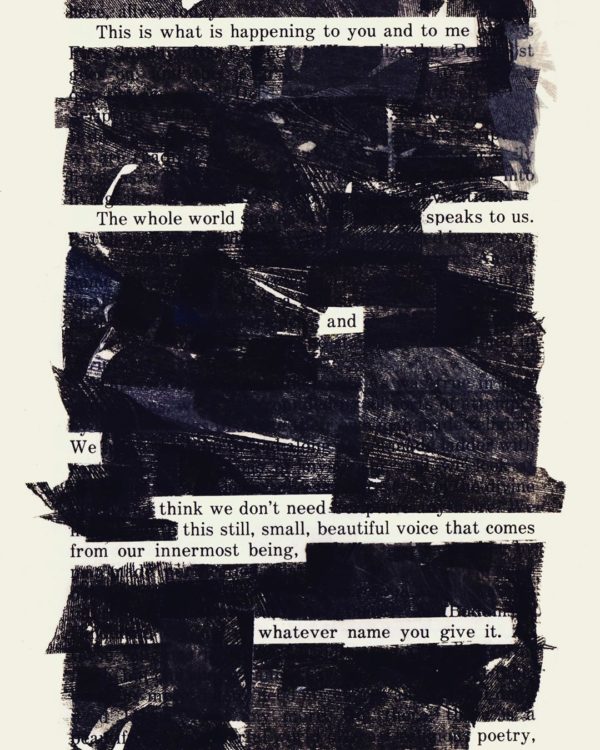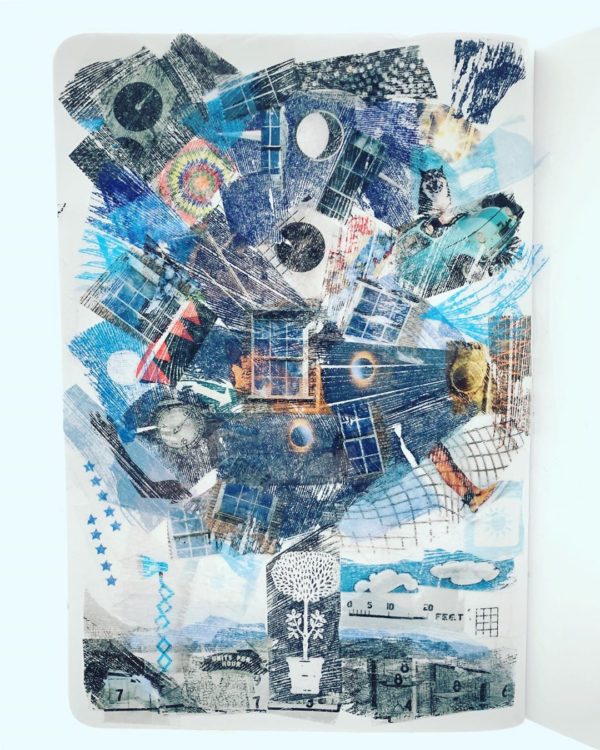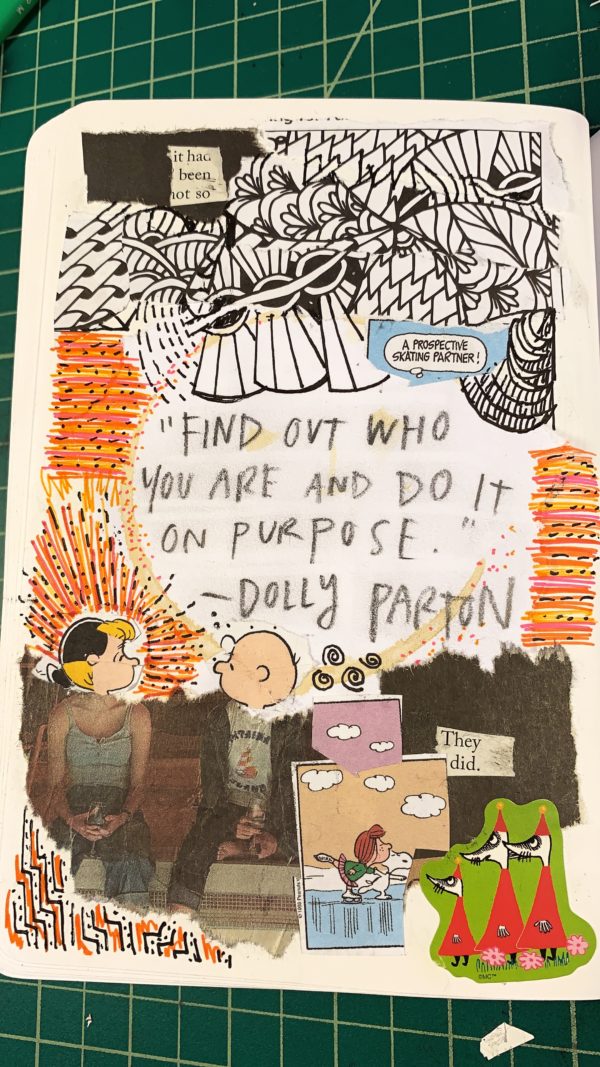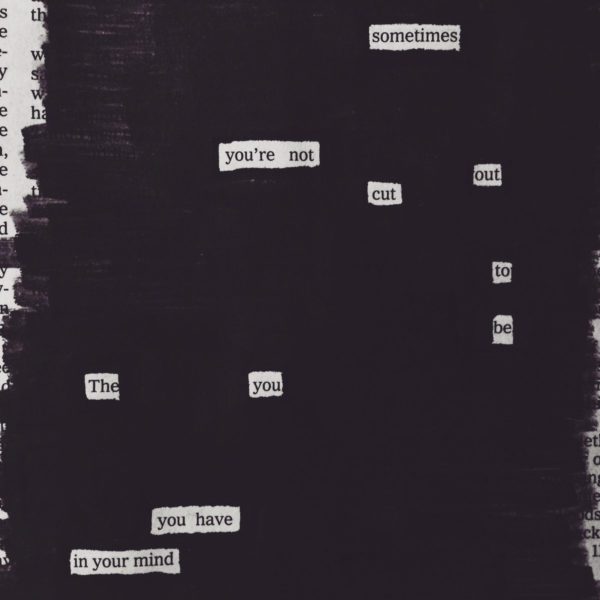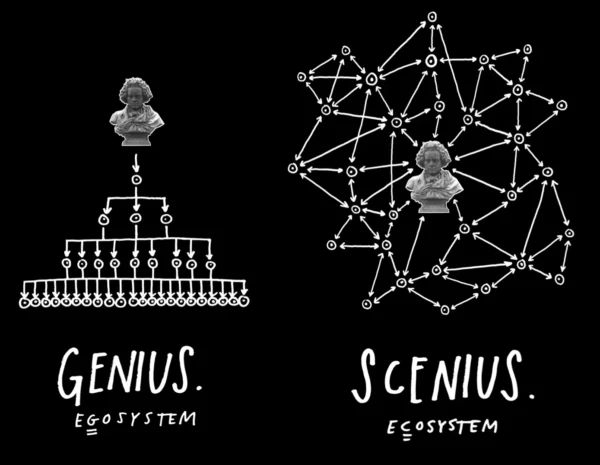
The latest newsletter is about “scenius,” which I described in Show Your Work!:
There’s a healthier way of thinking about creativity that the musician Brian Eno refers to as “scenius.” Under this model, great ideas are often birthed by a group of creative individuals—artists, curators, thinkers, theorists, and other tastemakers—who make up an “ecology of talent.” If you look back closely at history, many of the people who we think of as lone geniuses were actually part of “a whole scene of people who were supporting each other, looking at each other’s work, copying from each other, stealing ideas, and contributing ideas.” Scenius doesn’t take away from the achievements of those great individuals: it just acknowledges that good work isn’t created in a vacuum, and that creativity is always, in some sense, a collaboration, the result of a mind connected to other minds.
You can read the rest of the letter here.
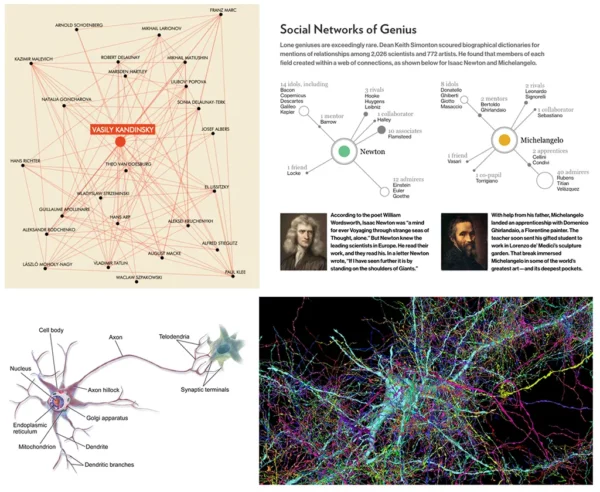
One fun part of putting this together was matching maps of scenius with maps of neurons in the brain.
Here’s how researchers Michael Muthukrishna and Joseph Henrich put it in their paper about how our social networks act as collective brains:
Innovations, large or small, do not require heroic geniuses any more than your thoughts hinge on a particular neuron. Rather, just as thoughts are an emergent property of neurons firing in our neural networks, innovations arise as an emergent consequence of our species’ psychology applied within our societies and social networks.
And I forgot to mention this in the letter, but it matches up nicely with the stuff Annie Murphy Paul writes in The Extended Mind about thinking outside of your head.
Filed under: scenius
